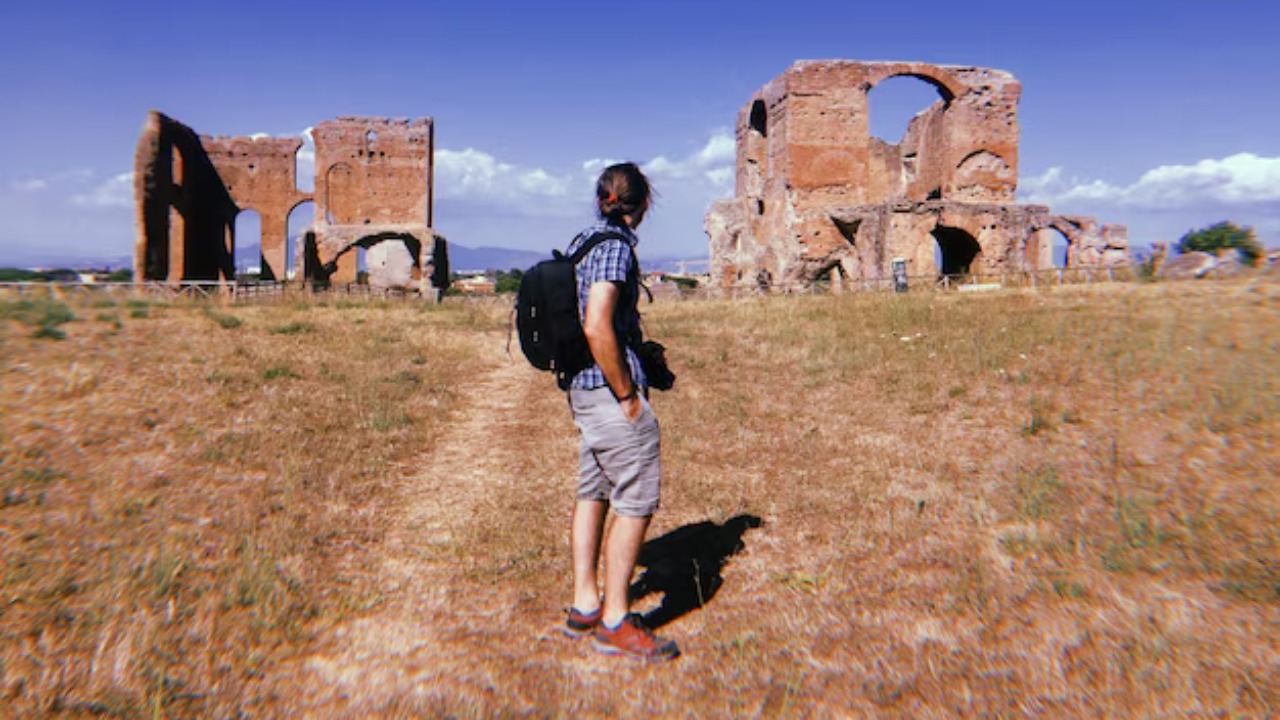
Throughout history, ancient ruins have captivated our imagination and offered invaluable insights into the past. These remnants of bygone civilizations reveal the ingenuity, culture, and achievements of our ancestors. Let’s delve into nine ancient ruins that have significantly reshaped our understanding of history.
Göbekli Tepe: The World’s Oldest Temple
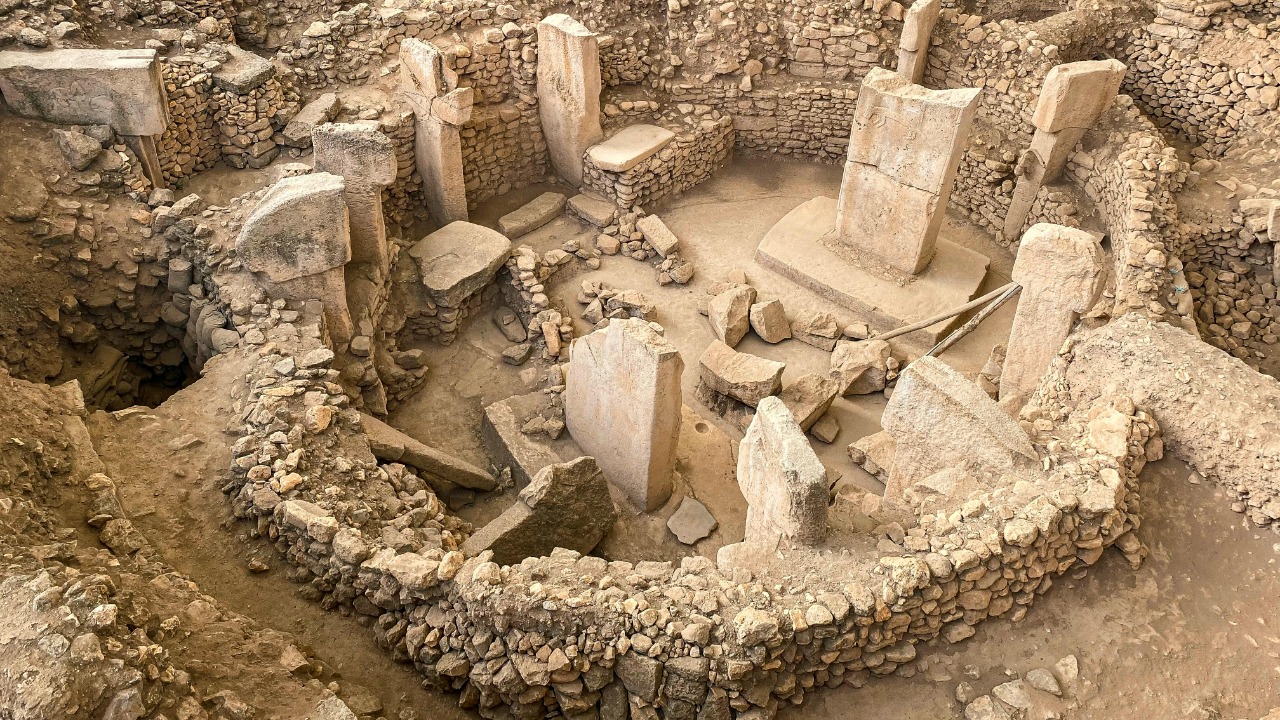
Located in modern-day Turkey, Göbekli Tepe is considered the world’s oldest known temple, predating Stonehenge by several millennia. This archaeological site, dating back to around 9600 BCE, challenges previous notions of the origins of complex societies.
The intricately carved stones suggest that religious or communal gatherings occurred long before the advent of agriculture. This discovery has prompted scholars to reassess the timeline of human civilization, highlighting the significance of spiritual life in early human communities.
Mohenjo-daro: The Indus Valley Enigma
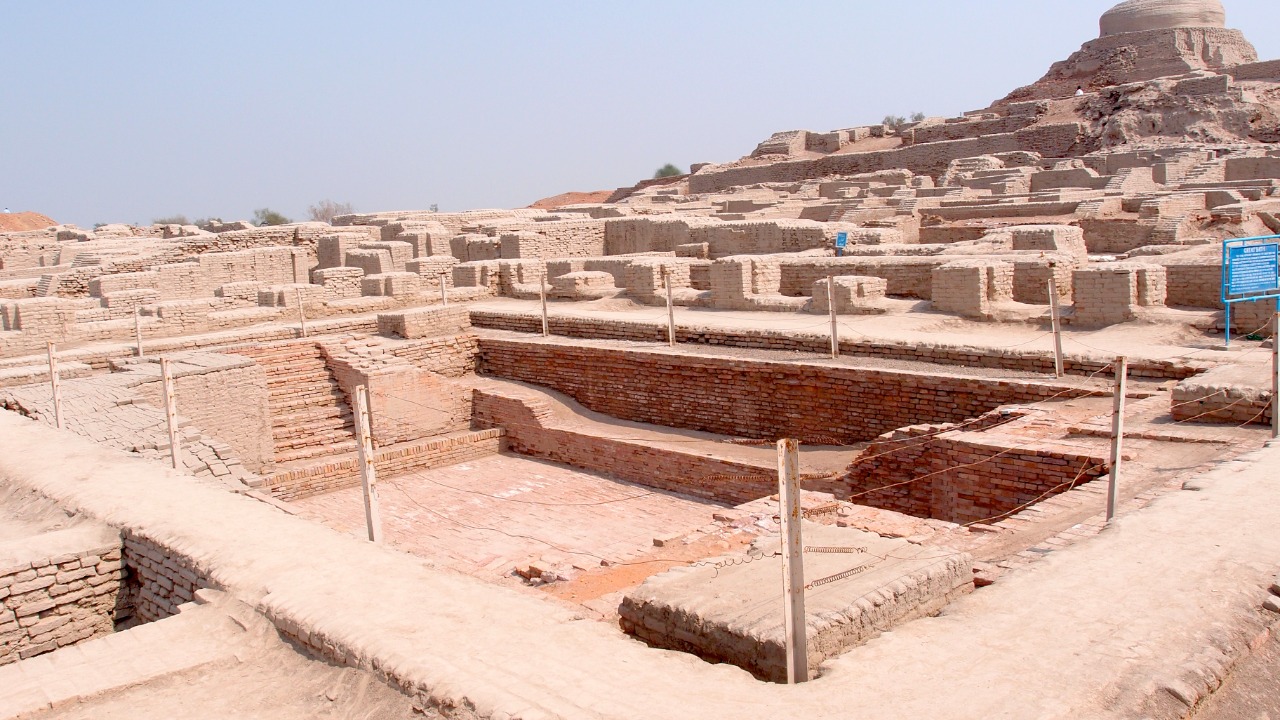
Situated in present-day Pakistan, Mohenjo-daro was one of the largest cities of the ancient Indus Valley Civilization. Flourishing around 2500 BCE, this site showcases advanced urban planning, with sophisticated drainage systems and standardized brick sizes.
Despite its prominence, much about Mohenjo-daro remains a mystery, including its script, which is yet to be deciphered. The city’s sudden decline around 1900 BCE raises questions about the factors that led to its downfall, inviting further exploration into this enigmatic civilization.
Machu Picchu: The Lost City of the Incas
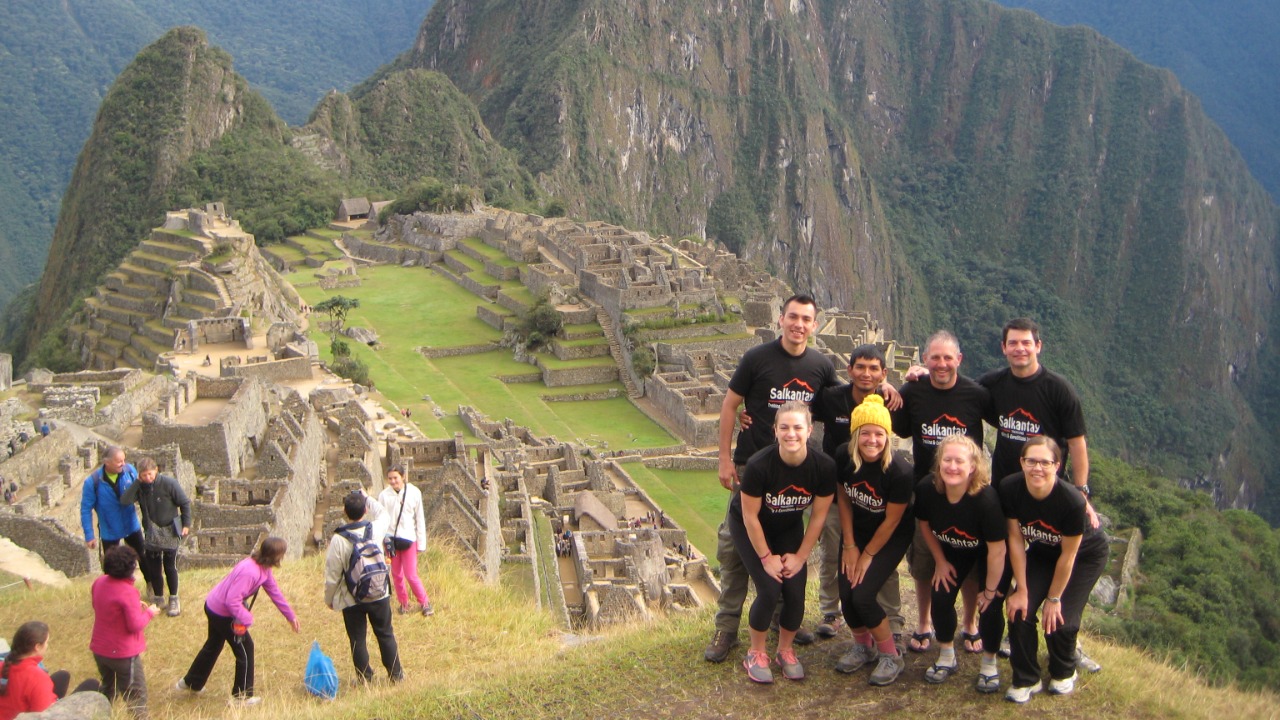
Perched high in the Andes Mountains of Peru, Machu Picchu is a testament to the architectural prowess of the Inca Empire. Built in the 15th century and later abandoned, it remained largely unknown to the outside world until its rediscovery in 1911. The site, believed to be a royal estate or religious retreat, features intricately constructed terraces and stone structures.
Its precise construction and alignment with celestial events continue to intrigue researchers, offering insights into the advanced engineering skills of the Incas.
Petra: The Rose City of the Desert
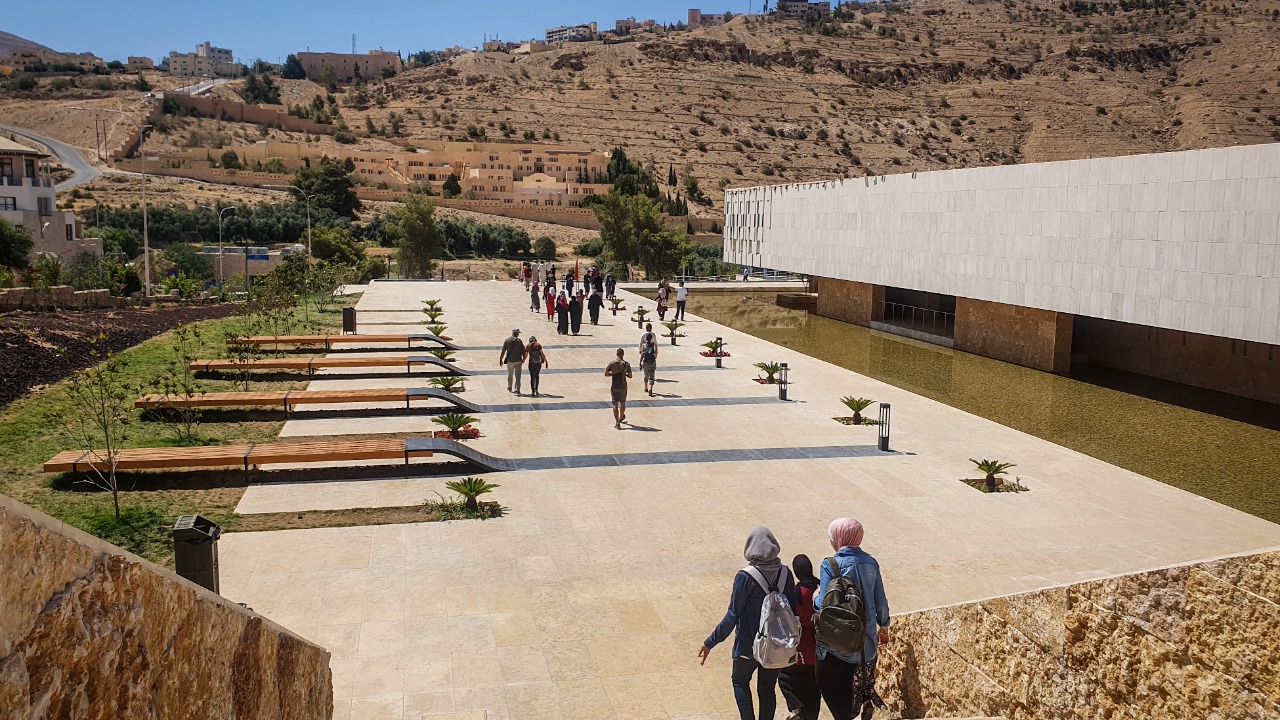
Nestled in the rugged mountains of southern Jordan, Petra is a breathtaking archaeological site renowned for its rock-cut architecture and water conduit system. Established as the capital of the Nabataean Kingdom in the 4th century BCE, it became a major trading hub.
The city’s impressive facades, such as the Treasury and the Monastery, are hewn directly into the rose-colored sandstone cliffs. Petra’s strategic location and cultural exchange with surrounding regions reveal the interconnectedness of ancient civilizations.
Angkor Wat: The Heart of the Khmer Empire

Angkor Wat, located in Cambodia, is the largest religious monument in the world. Constructed in the early 12th century, it was originally dedicated to the Hindu god Vishnu before transitioning to a Buddhist temple. The complex symbolizes the grandeur of the Khmer Empire, with its intricate bas-reliefs and towering spires.
Angkor Wat’s architectural brilliance and urban planning reflect the empire’s prosperity and religious devotion, offering a glimpse into the cultural and spiritual life of Southeast Asia during that era.
Stonehenge: The Prehistoric Mystery
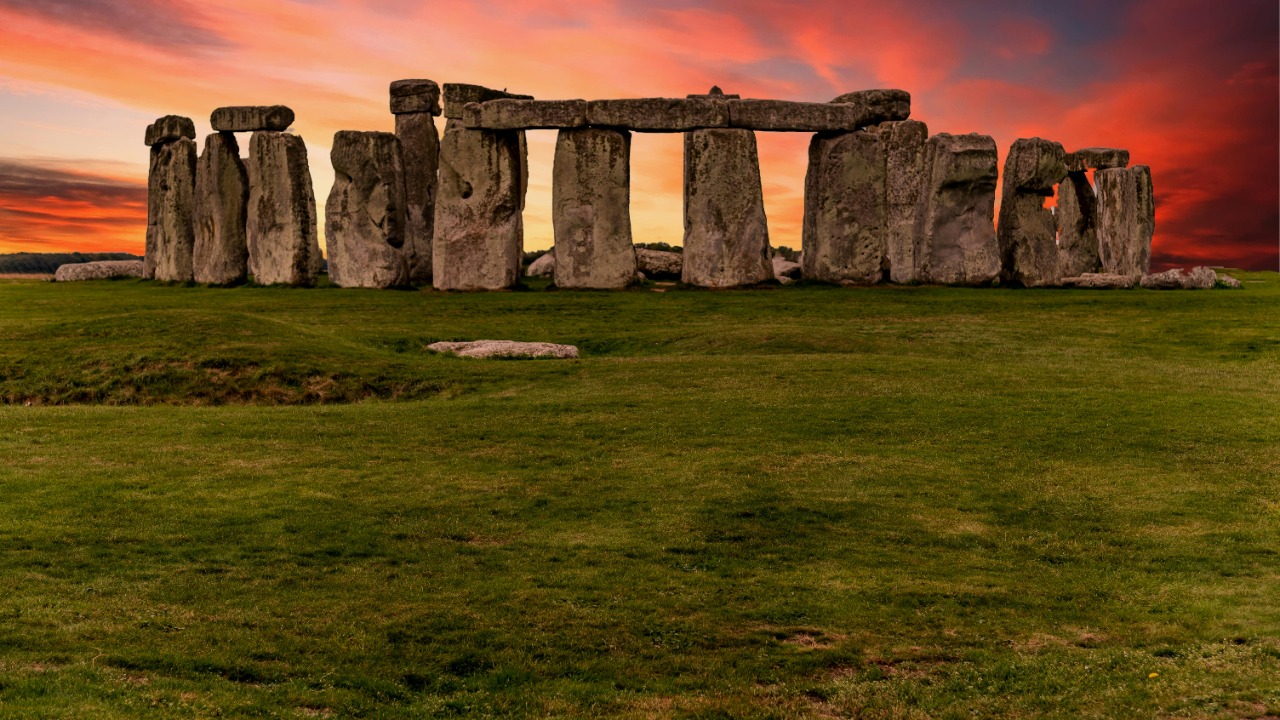
Stonehenge, a prehistoric monument in Wiltshire, England, continues to baffle archaeologists and historians. Comprising massive standing stones arranged in a circular layout, it dates back to around 3000 BCE.
The purpose of Stonehenge remains a subject of debate, with theories ranging from an astronomical observatory to a ceremonial site. Recent discoveries of nearby burial sites and artifacts provide new clues about its significance, shedding light on the complex societies of Neolithic Britain.
Teotihuacan: The City of the Gods
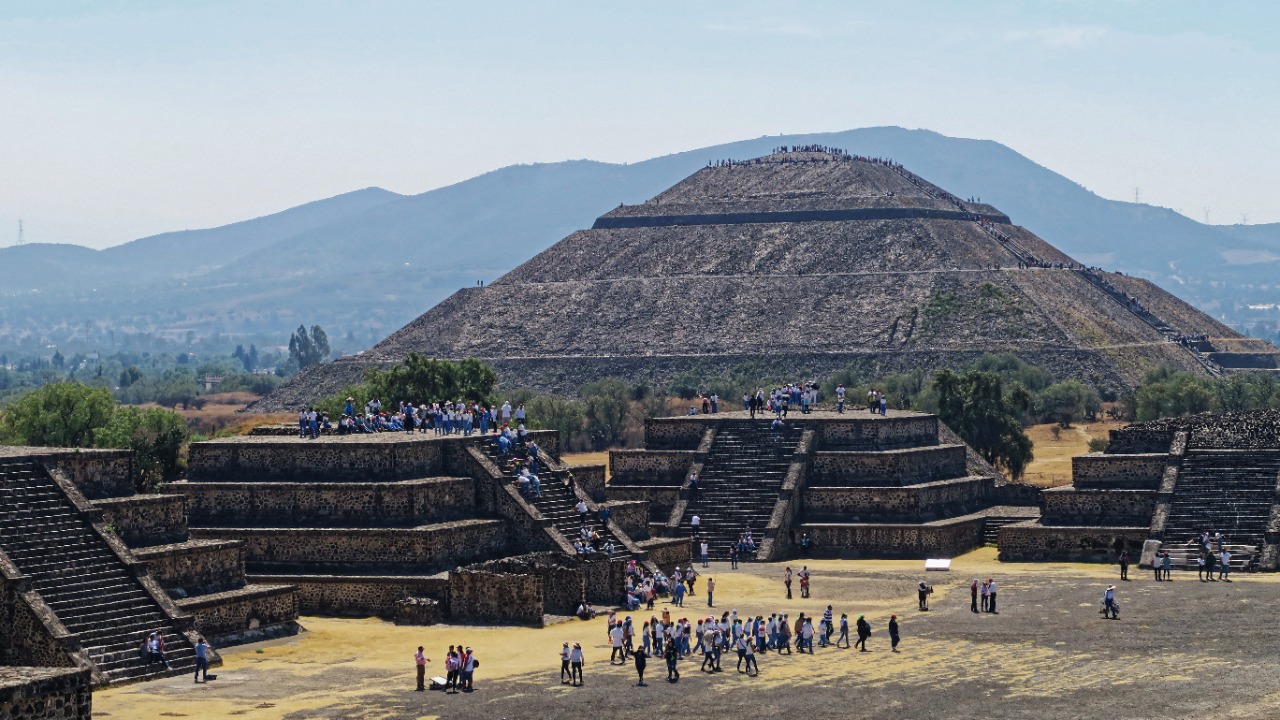
Located near modern-day Mexico City, Teotihuacan was a thriving metropolis at its peak around 500 CE. This ancient city is renowned for its monumental pyramids, such as the Pyramid of the Sun and the Pyramid of the Moon.
Teotihuacan’s well-planned layout and vast residential compounds indicate a highly organized society. The city’s decline and the identity of its inhabitants remain elusive, but ongoing excavations continue to reveal new aspects of its cultural and political influence.
The Terracotta Army: Guardians of China’s First Emperor
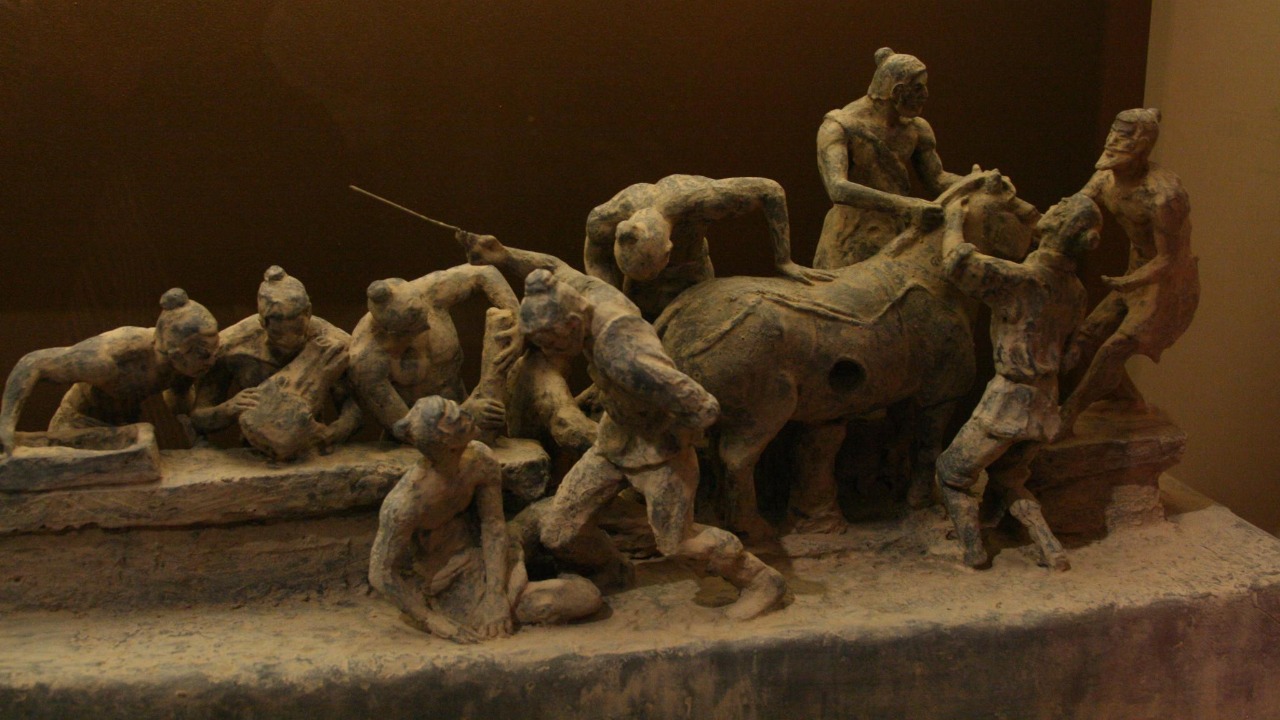
Discovered in 1974 in Shaanxi Province, China, the Terracotta Army is a remarkable funerary art collection created during the reign of Emperor Qin Shi Huang in the 3rd century BCE. Thousands of life-sized terracotta soldiers, horses, and chariots were buried to accompany the emperor in the afterlife. This archaeological wonder reflects the emperor’s ambition and the military prowess of the Qin Dynasty.
The ongoing study of these figures provides insights into ancient Chinese artistry, manufacturing techniques, and beliefs in the afterlife.
The Pyramids of Giza: Timeless Monuments of Egypt
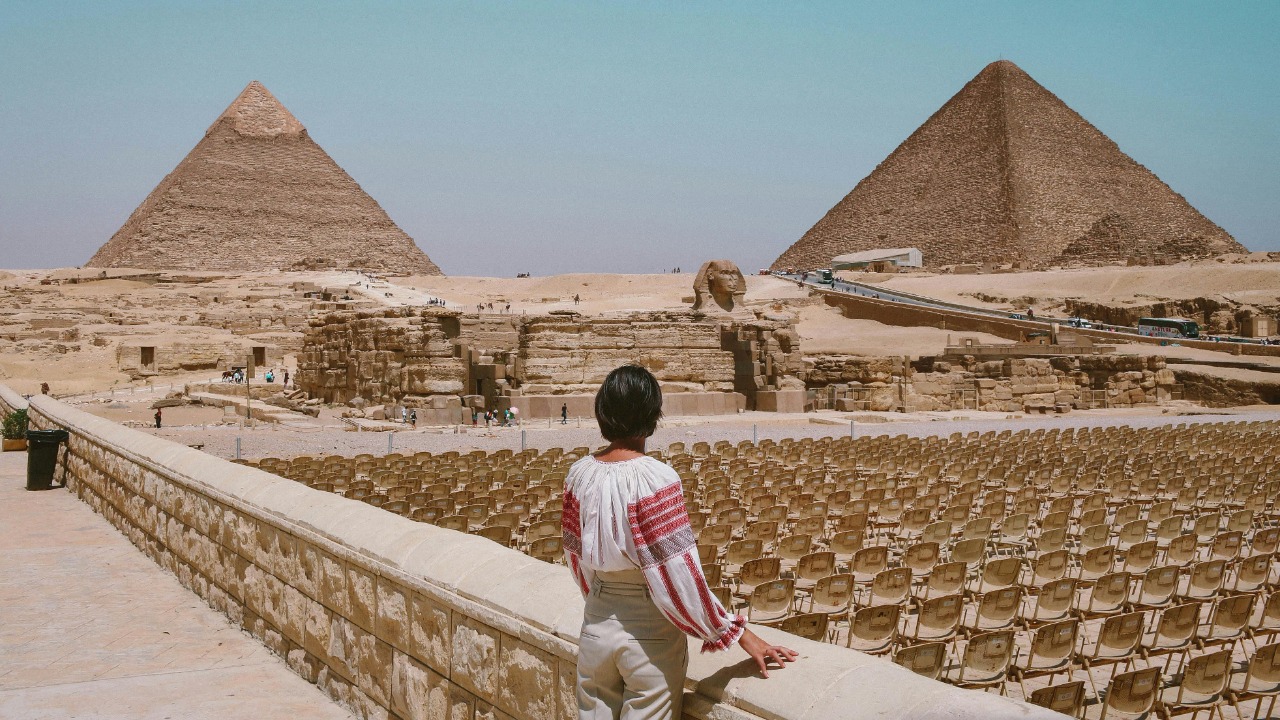
The Pyramids of Giza, located near Cairo, Egypt, have captivated the world for millennia. Built during the Fourth Dynasty around 2500 BCE, these iconic structures served as tombs for the pharaohs Khufu, Khafre, and Menkaure. The precision and scale of their construction continue to inspire awe and speculation.
The pyramids exemplify the advanced engineering and architectural skills of ancient Egypt, as well as the religious and cultural significance placed on the afterlife. Recent discoveries around the site continue to add depth to our understanding of this ancient civilization.